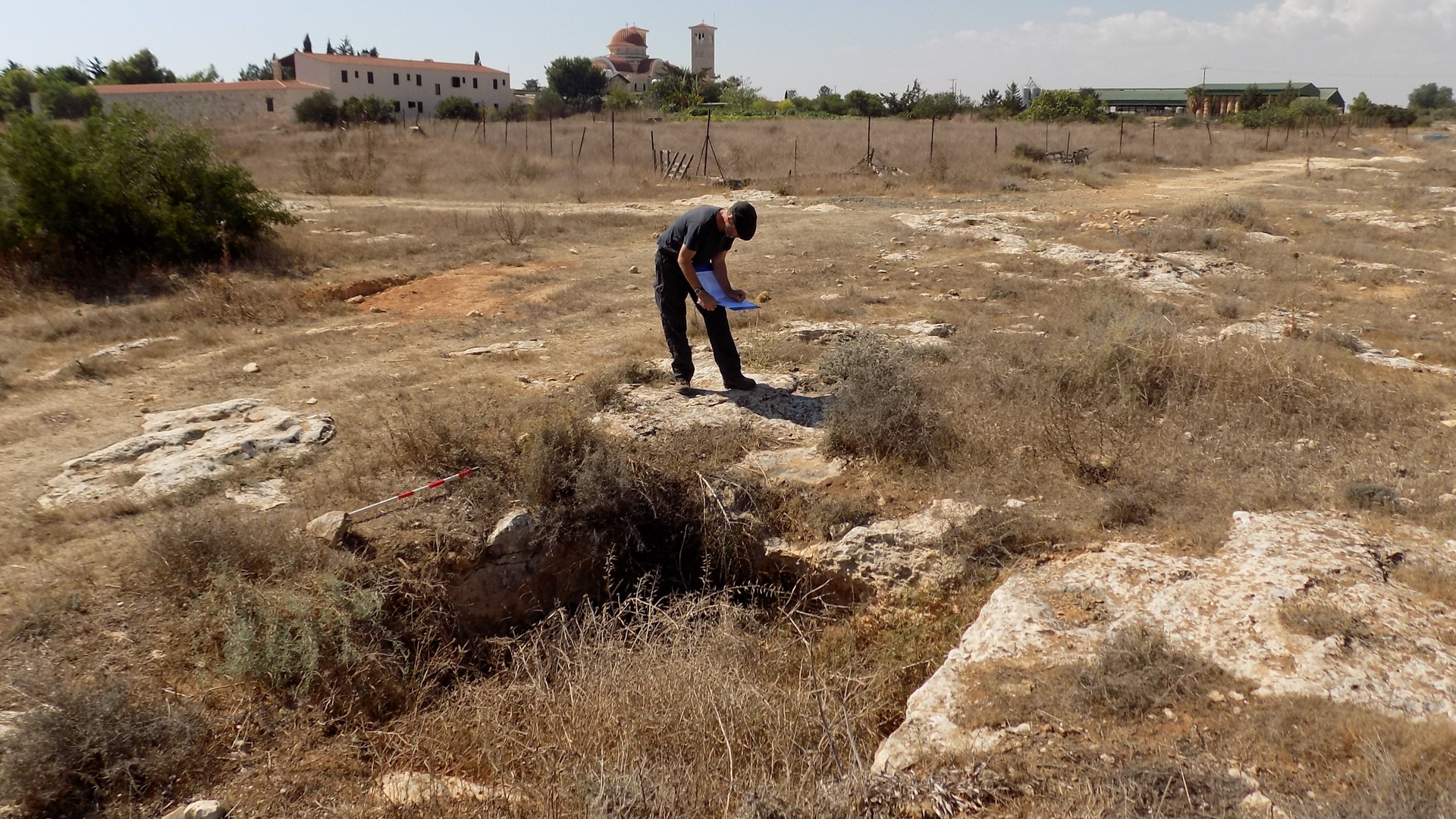University of Leicester scientists have rediscovered 46 ancient sites with uncovered evidence of quarries and tombs located within the Dhekelia British military base in Cyprus.
Archaeologists from the UK’s Defence Infrastructure Organisation (DIO) reported the evidence spans the Bronze Age, Byzantine, Hellenistic and Roman periods.
The university aimed to locate again approximately 60 potential archaeological sites documented in the early 1960s before the establishment of the garrison within the Dhekelia base and the Kingsfield airstrip.
Employing a “walkover survey,” in which researchers walk across a space and note their finds at measured intervals, a team of archaeologists surveyed and recorded visible archaeological remains in the Eastern Sovereign Base Area (ESBA) at Dhekelia on Cyprus’ south coast, uncovering 51 sites, including five historic buildings.
Matt Beamish, an archaeologist leading the survey, noted challenges with outdated mapping and incomplete archive information but expressed satisfaction in rediscovering many sites with patience. He emphasised the need for remote sensing technologies to identify more hidden archaeological sites and enhance management of heritage assets.
Alex Sotheran, DIO archaeology advisor, praised the survey’s contribution to understanding Dhekelia’s archaeology, facilitating improved management of heritage assets.
The survey revealed three coastal quarries, with evidence of stone extraction methods and boat-loading facilities.
Data collected has been integrated into DIO’s Historic Buildings, Sites, and Monuments Record to protect the historic environment across the UK’s defence ministry.







Click here to change your cookie preferences